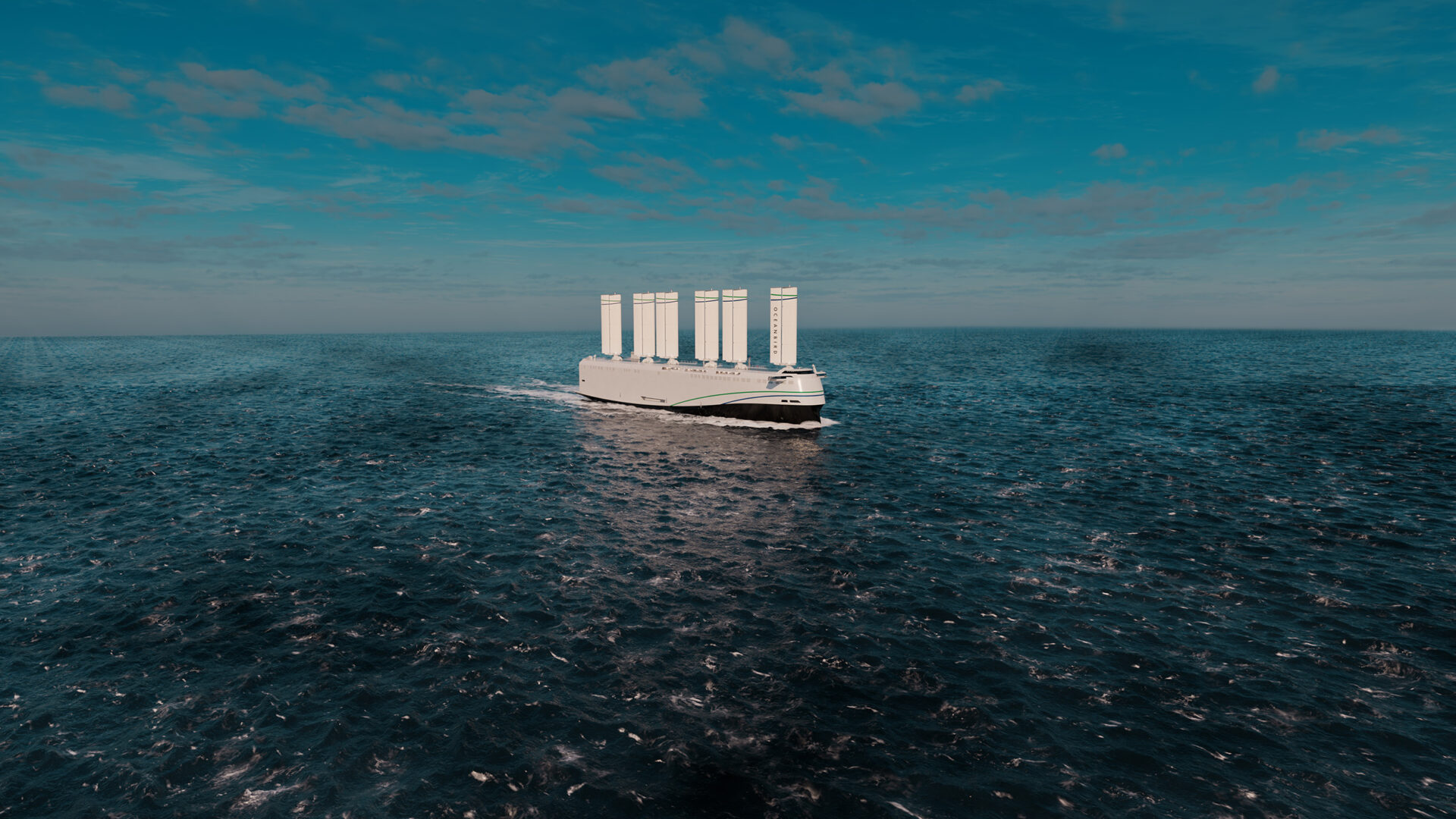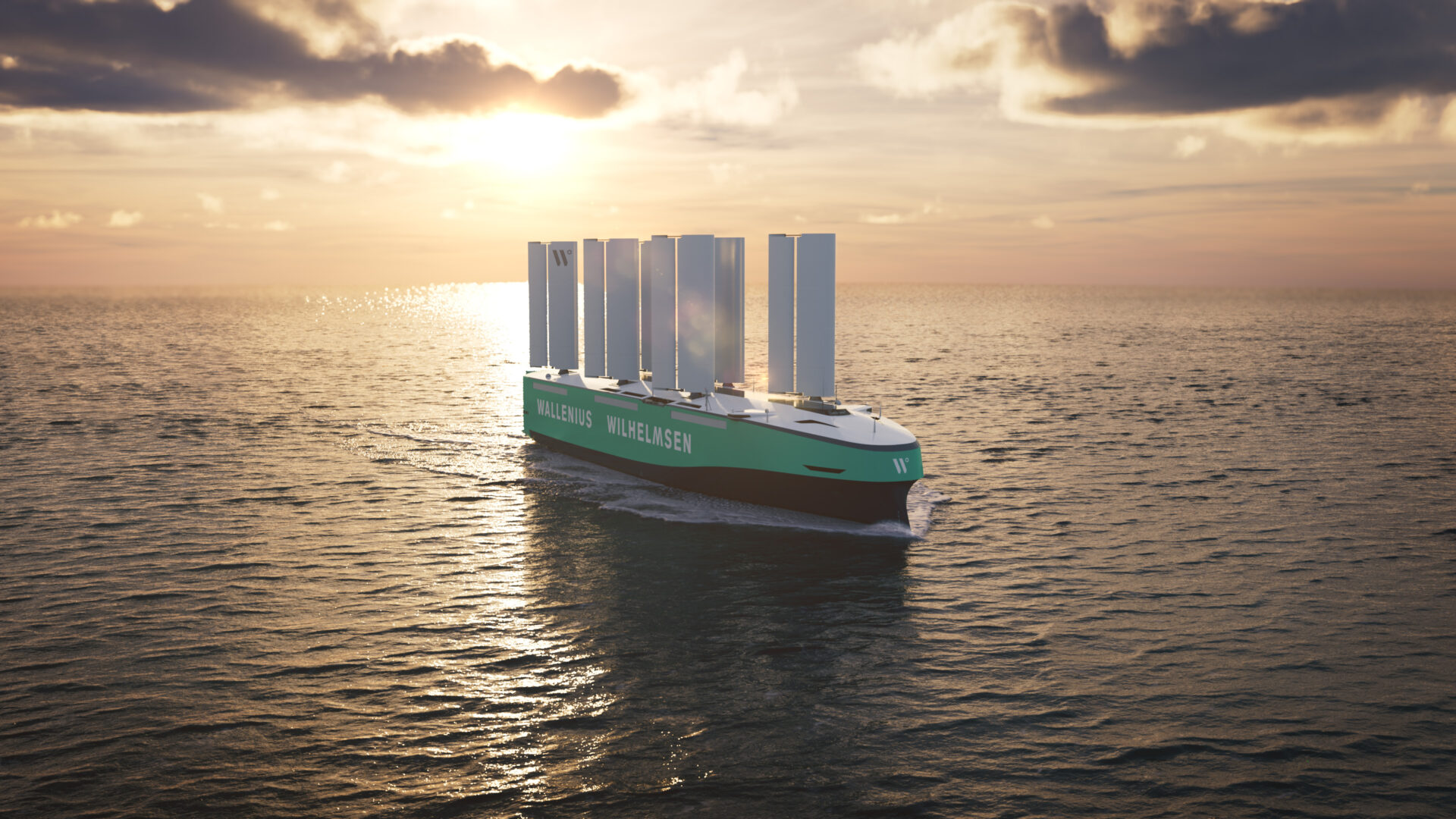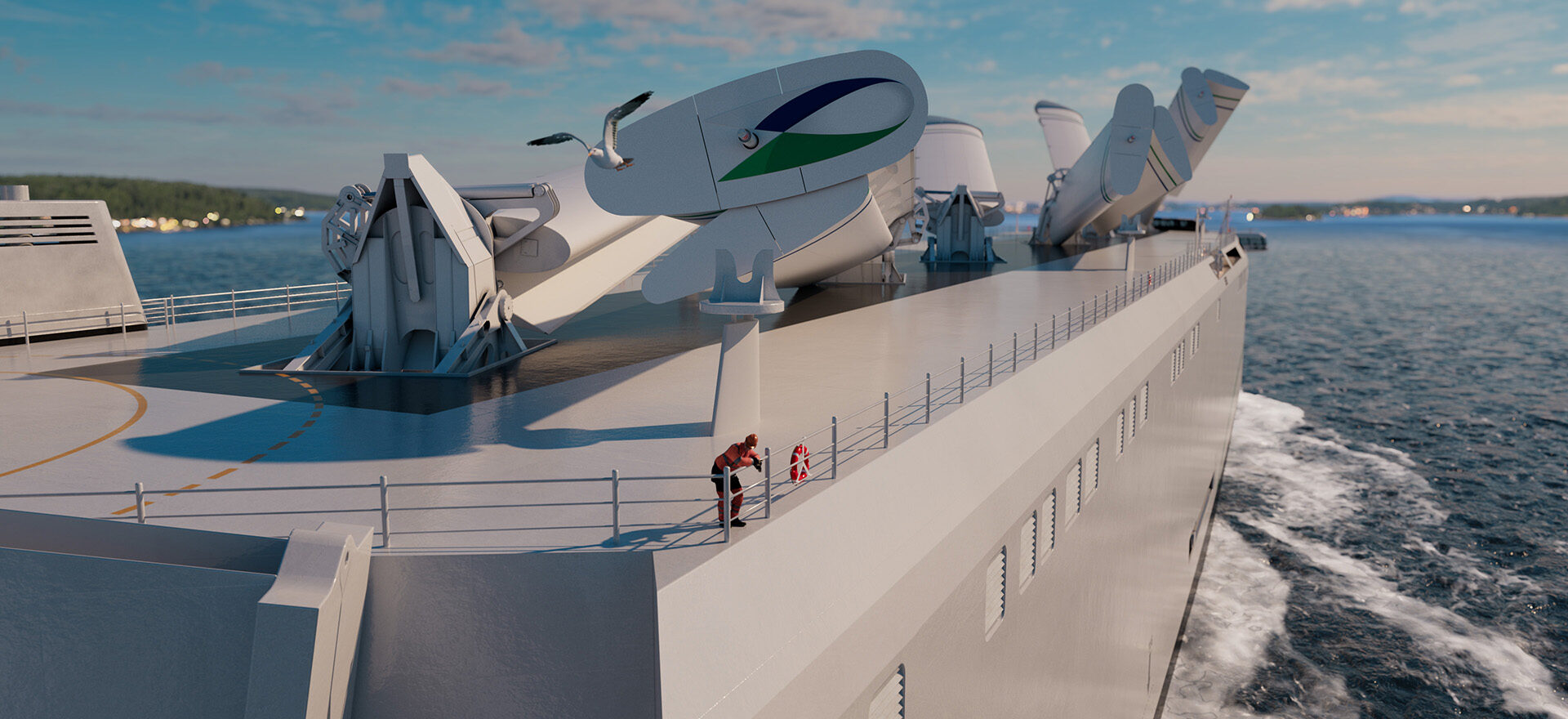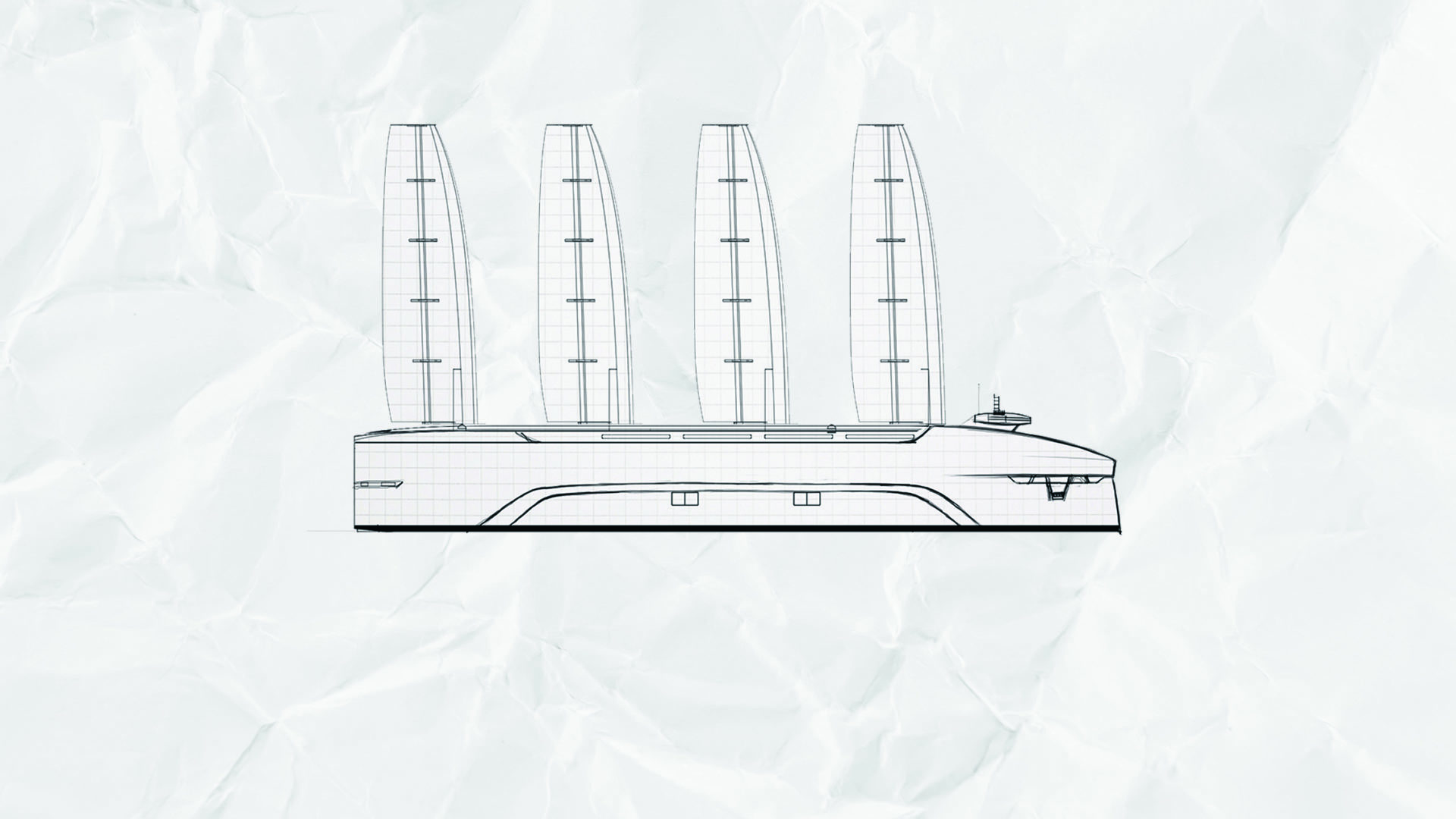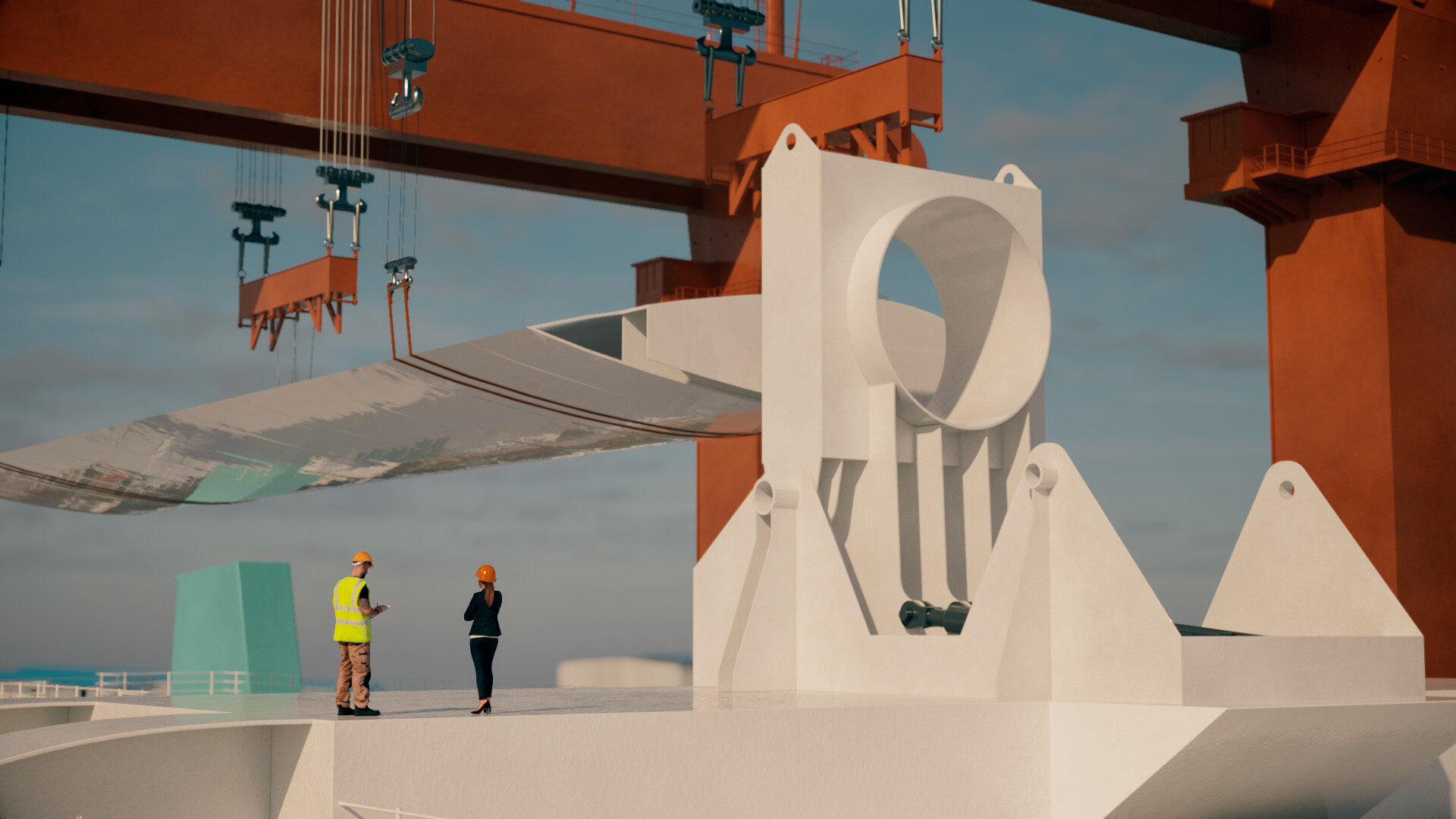World´s first wind-powered RoRo
Wallenius Wilhelmsen, market leader in roll-on/roll-off (RoRo) shipping and vehicle logistics, have announced the intention to order the first vessel from the Oceanbird concept, which they will call Orcelle Wind.
Facts
Capacity: 7,100 car units
Size: 217 meter long, 39 meter wide and 70 meter height above water
Amount of wing sails: 6
Performance: At least 50-60 % lower emissions compared to conventional vessels operating in regular trading.
Vessel design: Wallenius Marine is leading the ship design and newbuilding project, in close collaboration with Oceanbird, Wallenius Wilhelmsen and design firm Knud E Hansen.
Design ready to order: In 2026.
To support the building of Orcelle Wind, Wallenius Wilhelmsen and 10 project partners, among them Oceanbird, have secured a Horizon Europe funding totaling EUR 9m. The five-year project is called Orcelle Horizon.
